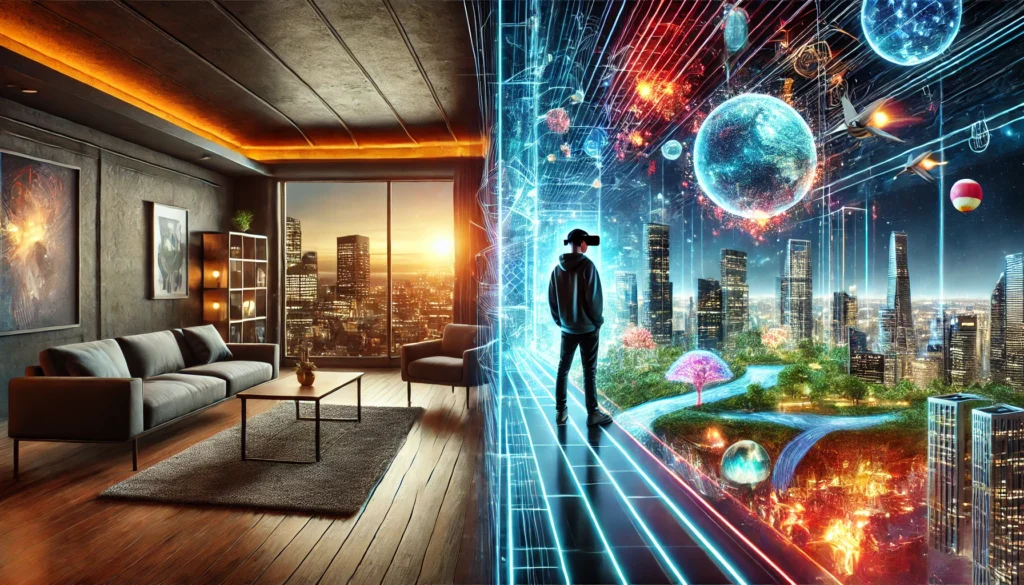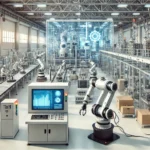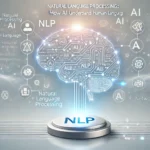In an increasingly digital world, the boundaries between virtual and real-life experiences are becoming more fluid than ever. With advancements in technologies like Virtual Reality (VR), Augmented Reality (AR), and Artificial Intelligence (AI), the fusion of digital and physical realms has profound implications for how we live, learn, work, and interact with the world around us.
Why does this matter? Understanding the intersection of virtual and reality is crucial as it reshapes key aspects of our society. From how we communicate with others to how businesses operate, the merging of these worlds is transforming every facet of life.
This article delves into how virtual and reality are intertwined and what this means for individuals, communities, and industries alike.
Defining Virtual and Reality
A. What is Virtual Reality?
Virtual Reality (VR) and Augmented Reality (AR) are technologies that immerse users in digital environments. Virtual Reality provides a fully immersive, computer-generated environment, while Augmented Reality overlays digital elements onto the real world.
Virtual and Reality collide here by offering immersive, interactive experiences. For example, VR allows users to experience simulated worlds for entertainment, education, or professional training, whereas AR enhances real-life experiences with interactive digital content.
B. The Concept of Reality
Traditionally, reality refers to the physical, tangible world we live in. It involves all the sensory experiences we encounter in the real world, from the physical properties of objects to the emotions and social interactions we share with others. But, with technologies like VR and AR, our concept of reality is constantly evolving.
C. The Blurring of Boundaries
The virtual and reality worlds are increasingly indistinguishable as digital technologies mimic human behaviors and environments. Virtual platforms now allow us to socialize, work, and shop, all from the comfort of our own homes. Mixed Reality (MR) and cyberspace are terms that explore this overlap, further blurring the lines between the physical and digital worlds.
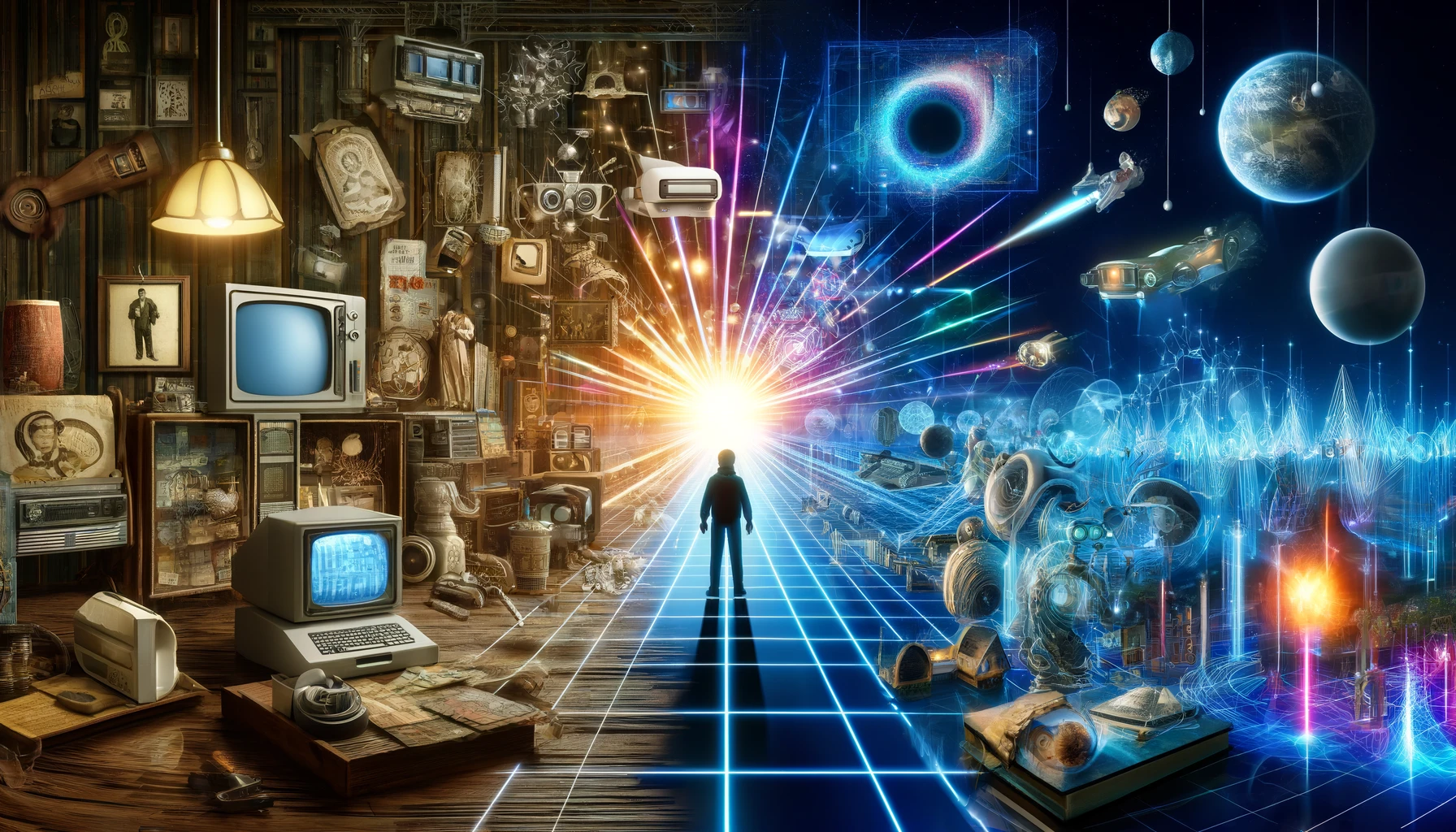
The Evolution of Virtual and Reality
A. Early Digital Experiences
The journey began with early digital experiences like video games, which created simulated environments for entertainment. Over time, the advent of the internet and early online communities paved the way for the modern virtual worlds we engage with today.
B. The Rise of Immersive Technologies
With advancements in virtual and reality technologies, the last few decades have seen an explosion in VR and AR. These immersive technologies have integrated into diverse sectors, including entertainment, education, and social media, providing new ways for people to engage with digital and physical spaces.
C. The Role of Artificial Intelligence
Artificial Intelligence (AI) plays a pivotal role in enhancing virtual and reality environments. AI helps power smarter virtual assistants, creates realistic virtual environments, and allows for personalized interactions within both digital and real worlds. AI also enables VR/AR systems to adapt in real-time, providing users with experiences that feel more natural and lifelike.
Real-Life Impacts of Virtual and Reality Intersection
A. Social Impact
Virtual and reality are intersecting in our social lives in profound ways. Virtual spaces like VRChat and Second Life allow people to interact in ways that were once limited to physical interactions. Social media platforms and online communication tools are bringing people closer, enabling new forms of collaboration and relationship-building.
FAQs:
- How do virtual social spaces impact real-life relationships?
- Virtual spaces allow people to maintain relationships across distances, but they can also create a sense of detachment from real-life connections.
- Are digital-only interactions as meaningful as face-to-face interactions?
- While digital interactions are convenient, they often lack the emotional depth and authenticity of in-person communication.
- How has remote work changed social dynamics?
- Remote work, powered by VR and AR, allows for virtual team meetings and digital collaboration but may reduce face-to-face socialization.
B. Psychological Impact
Immersion in virtual and reality spaces can have both positive and negative psychological effects. On one hand, VR has been used therapeutically for pain management, PTSD treatment, and mental health. On the other hand, the addictive nature of digital worlds and the disconnection from real-life experiences can lead to negative psychological consequences.
FAQs:
- How can VR be used to treat mental health issues?
- VR therapy can simulate environments that help people confront fears or reduce anxiety in controlled settings.
- What are the risks of virtual addiction?
- Excessive immersion in virtual worlds can lead to a lack of physical activity, social isolation, and emotional detachment.
- Can VR replace face-to-face therapy?
- While VR is a powerful tool, it cannot replace the nuanced interactions of traditional therapy.
C. Economic Impact
Virtual and reality are revolutionizing the global economy. Digital goods and services are booming, creating new markets and virtual economies. As the digital world grows, so do opportunities for jobs, freelance work, and entrepreneurial ventures. Traditional industries, from retail to entertainment, are also being transformed by virtual and reality technologies.
FAQs:
- How does virtual reality create new economic opportunities?
- VR offers new avenues for businesses to engage with customers, create digital goods, and expand into virtual marketplaces.
- How is VR impacting traditional industries?
- From virtual stores in retail to VR simulations in training and healthcare, traditional industries are leveraging VR/AR for more efficient processes.
- What role does the gig economy play in the virtual world?
- The rise of VR and AR has led to new freelance opportunities, including virtual event coordination, digital content creation, and remote consulting.
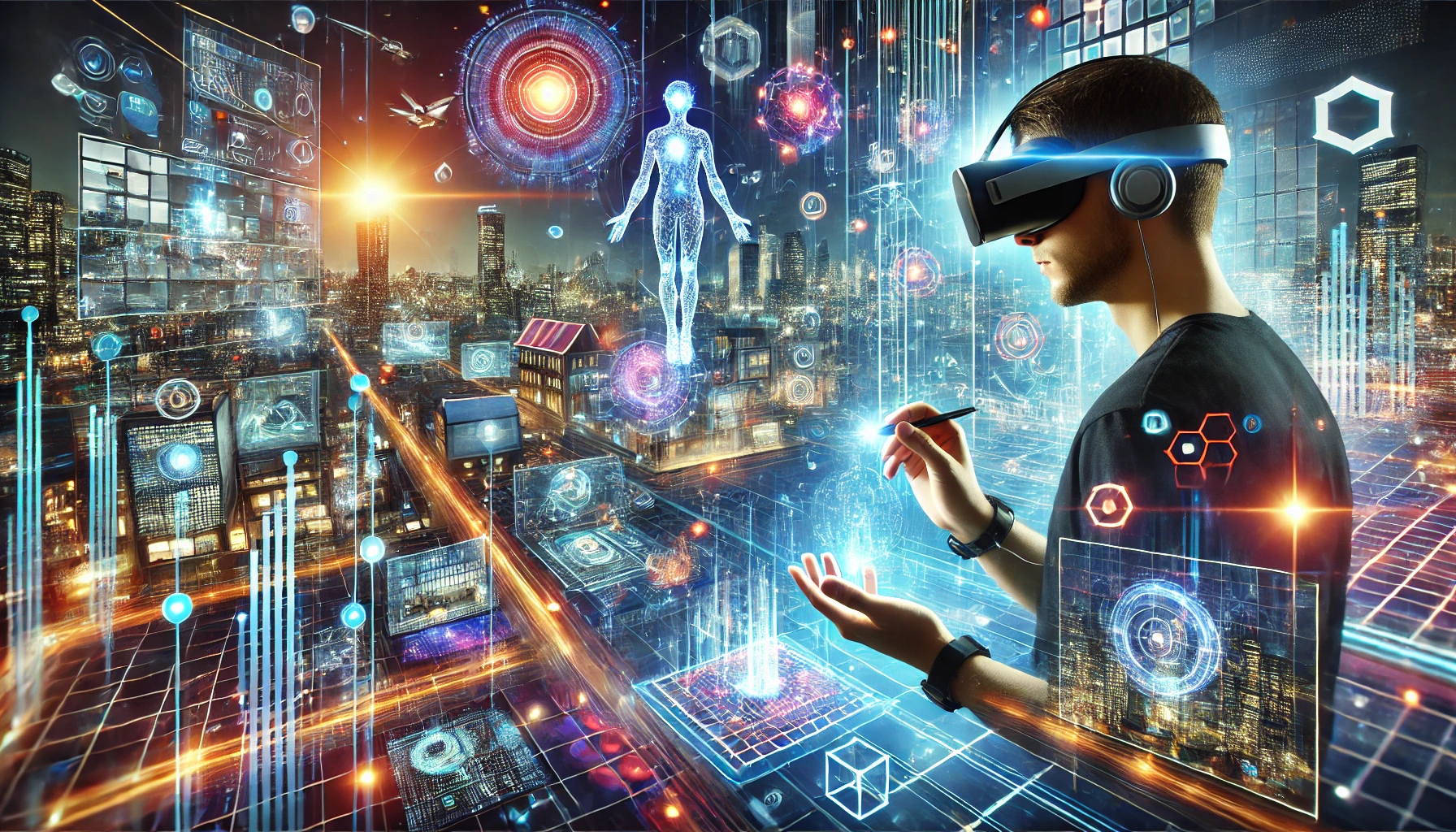
Technological Innovations Bridging Virtual and Reality
A. Augmented Reality (AR) and Mixed Reality (MR)
AR and MR are key technologies at the forefront of merging virtual and reality. AR overlays virtual elements into the physical world, enhancing real-time experiences. MR takes this a step further by enabling interactions between real and virtual objects.
B. Virtual Reality and the Future of Immersive Experiences
Advances in VR hardware and software are paving the way for fully immersive experiences. Innovations in VR technology are transforming industries like entertainment, gaming, education, and healthcare, offering users a new way to engage with both the digital and real world.
C. The Rise of Digital Twins
Digital twins—virtual replicas of physical objects, systems, or environments—are being used in various fields, including urban planning, healthcare, and disaster management. These models allow for real-time data monitoring, testing, and simulations in a digital environment.
Ethical and Societal Considerations
A. Privacy and Security in Virtual Spaces
As virtual and reality environments evolve, concerns about privacy, surveillance, and identity theft grow. The more we engage with virtual worlds, the more data we generate, leading to potential security risks.
B. Impact on Human Connection
Are virtual relationships as valuable as real-world connections? This ethical dilemma arises as people spend more time in digital spaces. It’s important to balance the benefits of virtual interactions with the need for genuine human connection.
Future Trends: Where Virtual and Reality Will Meet
A. The Metaverse: A New Frontier
The metaverse is the next frontier in the virtual and reality intersection. It promises a fully immersive digital universe where users can live, work, and socialize. Companies like Meta and Microsoft are already investing in this futuristic vision.
B. Smart Cities and Virtual Environments
Smart cities will leverage virtual and reality technologies to enhance urban living. From virtual urban planning tools to AR-enhanced navigation systems, these technologies are transforming how cities function.
Conclusion
The intersection of virtual and reality is creating profound changes in how we live, work, and interact. While this fusion offers exciting possibilities, it also raises ethical, psychological, and social questions. As we continue to explore this digital frontier, it’s essential to consider the impact on individuals and society.

